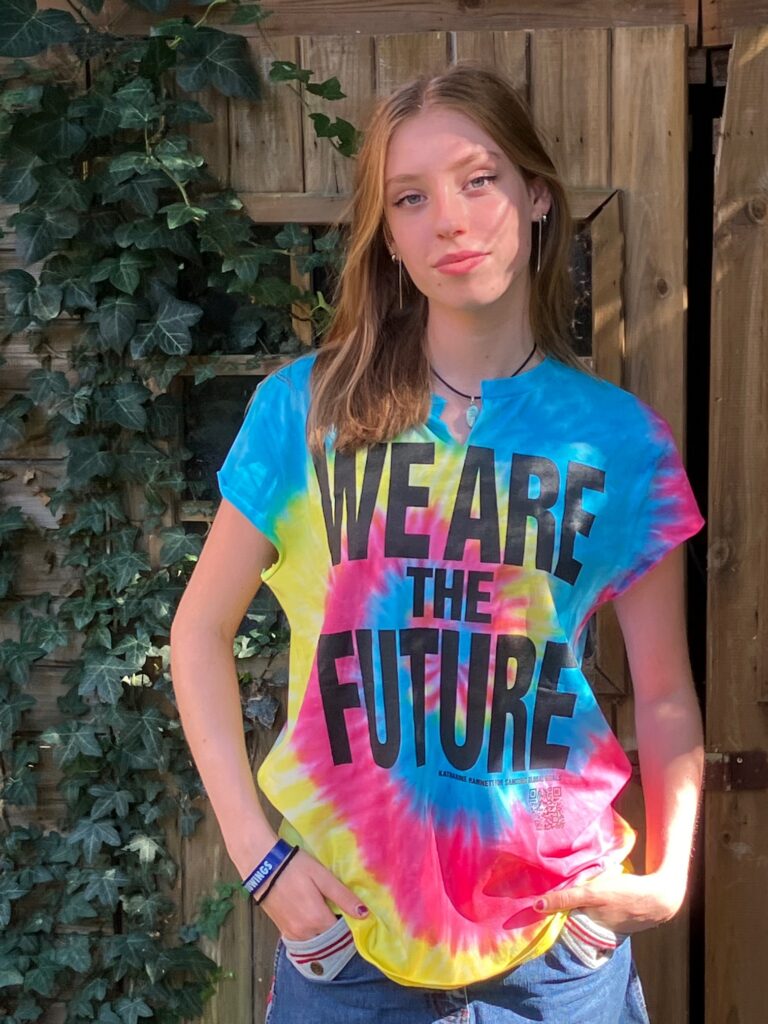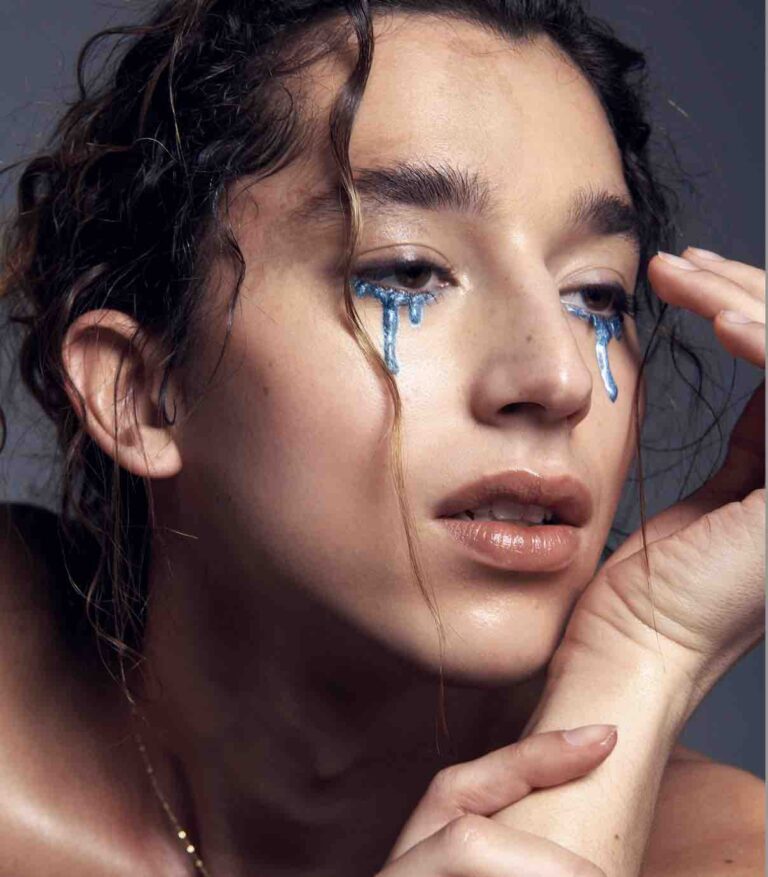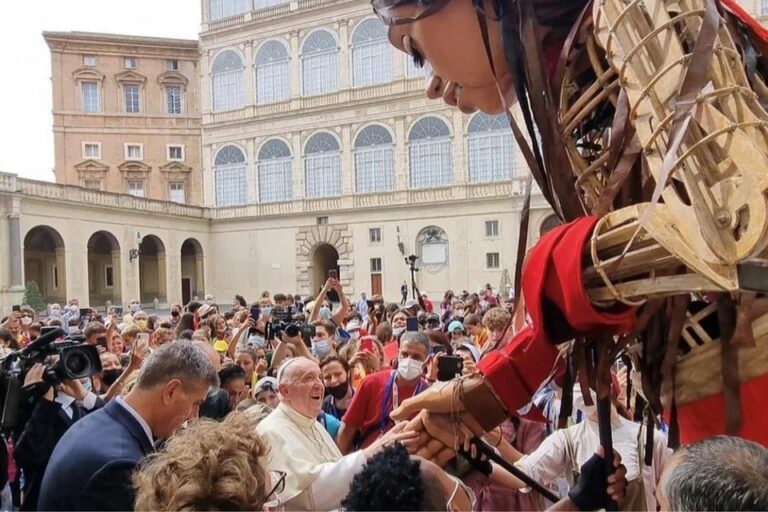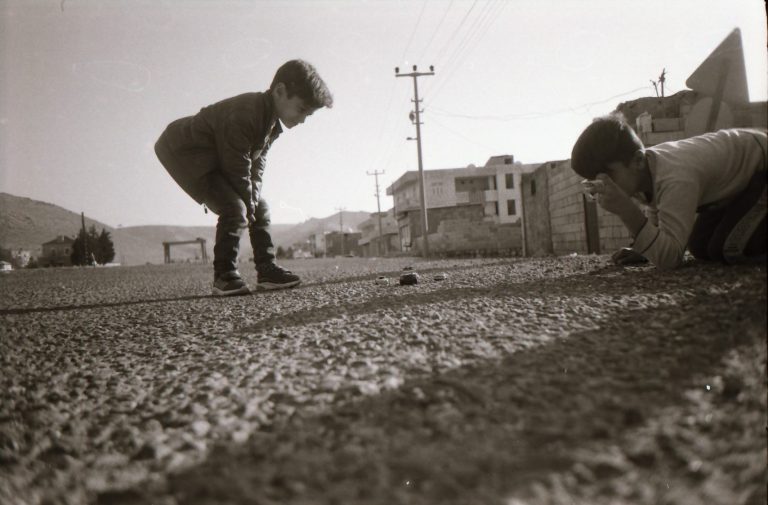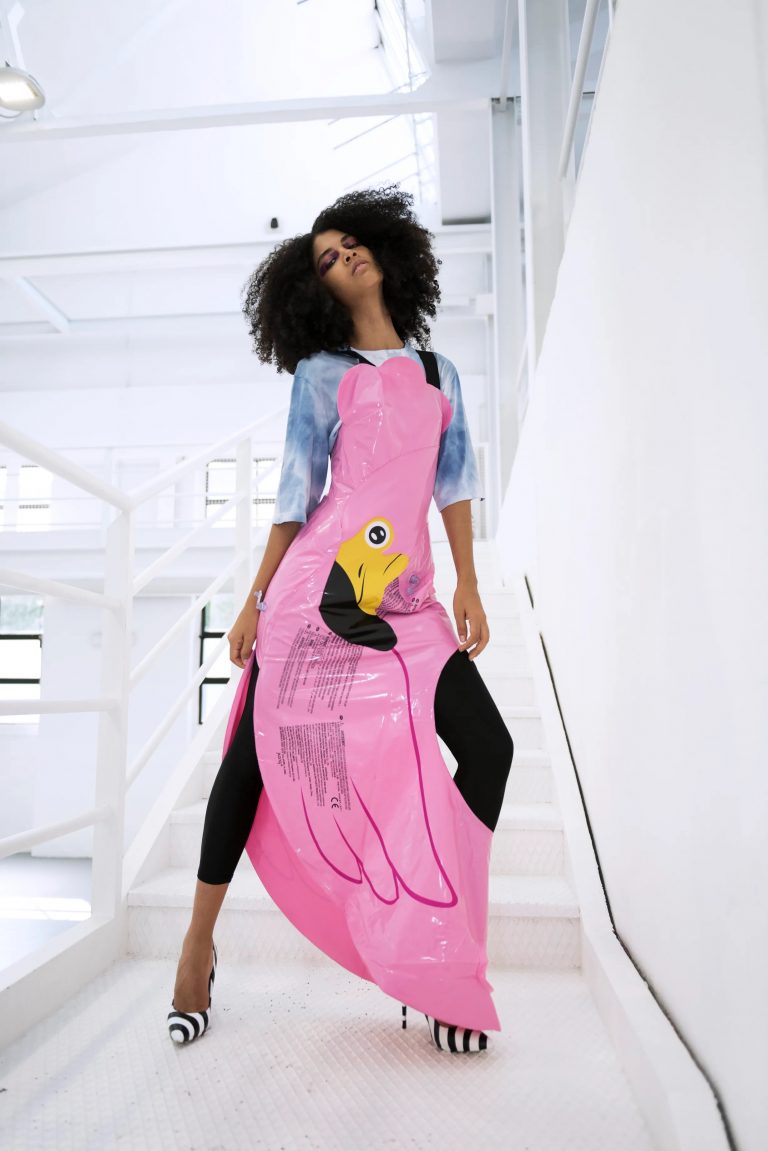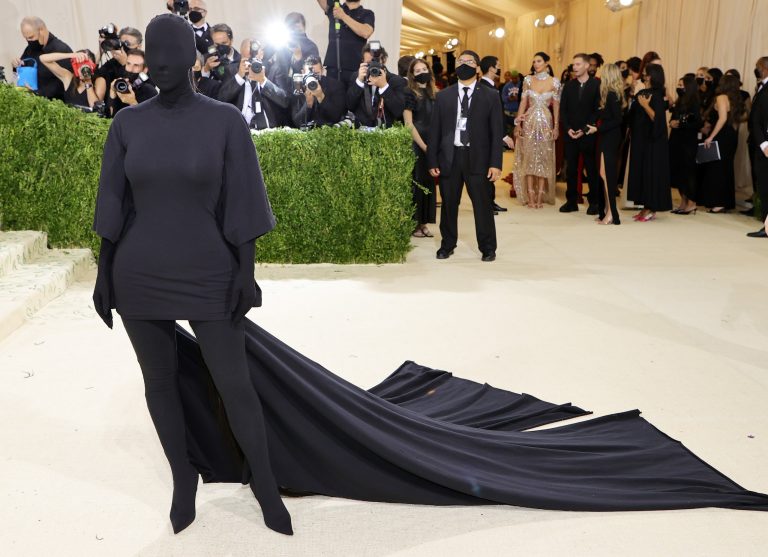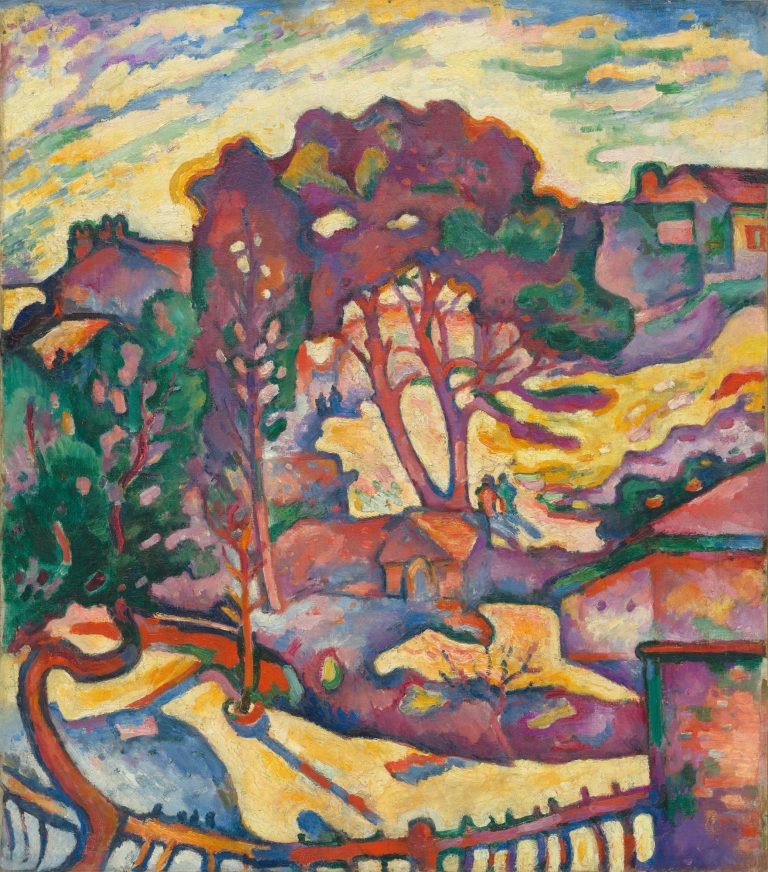A new movement is erupting with vocal ferocity and an 80s twist, demonstrating that speaking out in favour of change has never been more fashionable. […]
Author: Kym Nelson
Gia Robles Levy: “It’s a powerful thing to be open and honest”
Gia Robles Levy, has been actively sharing her transition journey through social media since she ‘came out’ as trans in 2020. Still only 21 today, […]
Little Amal Takes A Long Walk To Raise Awareness About Refugees
Shining a light on the stories of millions of young refugees across Europe is Little Amal, a 3.5-metre tall puppet deemed to be one of […]
Refugee children show resilient imaginations through photography
What happens when you take refugee children, give them an old analogue camera and ask them to start exploring their surroundings and imaginations? The answer, […]
Designers with a green soul wanted!
A dynamic new project is challenging designers to elevate their vision within sustainability in “The Upcycling Challenge”. The objective is to showcase the infinite possibilities […]
Kim Kardashian’s Cover-Up Ditches Fashion to Make An Identity Statement
There’s no room to be indifferent when it comes to having an opinion about the most talked-about outfit at this year’s Met Gala – worn […]
Why Creativity Can Heal During Challenging Times
“Art is a wound turned into light,” said the 20th century French painter, Georges Braque. Words that so accurately resonate with our current times, as […]


